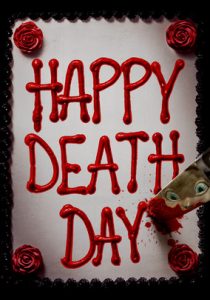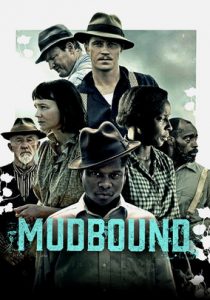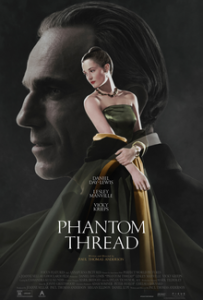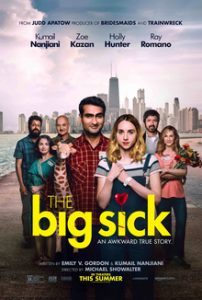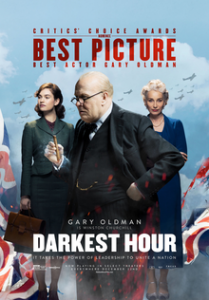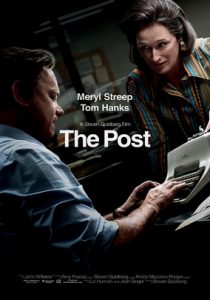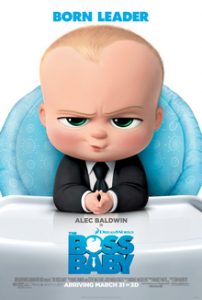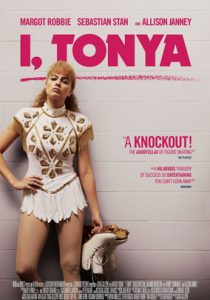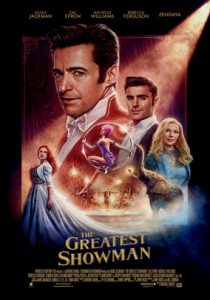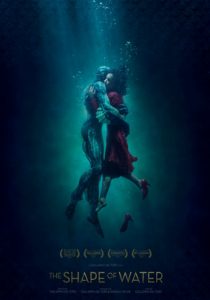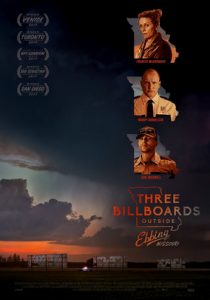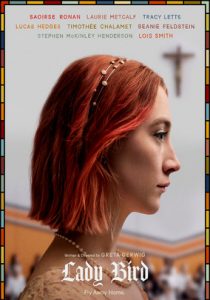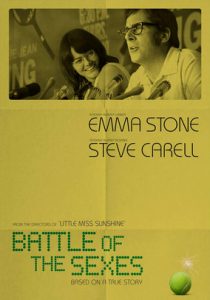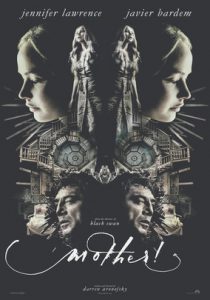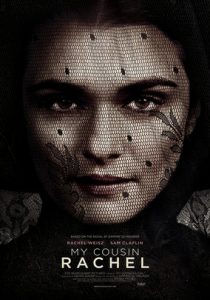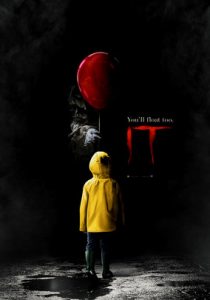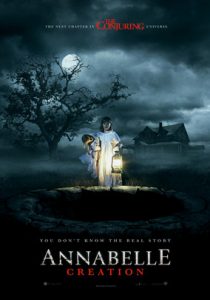A Fantastic Woman-2017
Director-Sebastian Lelio
Starring-Daniela Vega, Francisco Reyes
Scott’s Review #729
Reviewed February 27, 2018
Grade: A
A Fantastic Woman is a 2017 Chilean film that is groundbreaking in subject matter and has rightfully received heaps of accolades including an Oscar nomination for Best Foreign Language Film.
Especially worthy of mention is the film’s lead actress, Daniela Vega, the first transgender woman to present an award at the Oscars and a dynamo performance in her represented film.
Besides all of the cultural achievements, the film succeeds in its own right as a compelling drama.
The film gets off to a sweet and romantic start as we meet Marina (Vega), a young waitress and aspiring singer, and Orlando (Francisco Reyes), a mature, affluent man thirty years her senior. Surprising her with a lovely birthday cake, the pair are beginning to embark on a serious relationship as Marina has recently moved in with Orlando.
When tragedy strikes and Orlando is rushed to the hospital after collapsing, Marina must face the harsh reality of her partner’s narrow-minded family and suspicions from law enforcement.
What a wonderful starring vehicle for this astounding young talent that is Vega. The film shares a story that has never been told before, though the transgender genre is slowly coming into its own- like 2015’s brilliant Tangerine.
With A Fantastic Woman though, the storytelling is more intimate and personal and clearly from Marina’s point of view. Faced with both financial issues and losing her love, she is forced to hurdle obstacles centered around her lifestyle that she had thought had been conquered through her open life with Orlando, who loved her for who she is.
Vega expresses so much with her wide-eyed stares and introspective glazed looks. A performance that is remarkably subdued, she does not have a traditional blowup or dramatic, emotional scene. Instead, she calmly goes from scene to scene with her anger and heartbreak brimming under the surface.
As she is verbally insulted and degraded by Orlando’s bitter ex-wife, Marina stands her ground and calmly accepts the verbal attack. Even when Orlando’s thuggish relatives physically assault her with tape, she is calm in her reaction.
This is a testament to Vega’s talents.
Perhaps the most touching subplot involves Marina’s struggle to retain the dog that Orlando had kindly given to her. When Orlando’s son refuses to let her keep the dog, Marina reaches her breaking point and begins to fight dirty, refusing to hand over the keys to Orlando’s flat until she gets her way.
The tender affection she has for the animal is wonderful as, despite having a few people in her corner, the dog is her pride and joy and best friend.
As stellar as Vega is, and the film does clearly belong to her, credit and mention must be given to the supporting players, who are largely unknown actors to me.
Though we feel no sympathy for Orlando’s ex-wife or his relatives, they are competently portrayed and we do feel their anger and spite. We do not know much about the back-story, but we do know that Orlando has revealed to all his involvement with a trans woman and he is proud of Marina.
Actor Reyes is a dream as Orlando and we wistfully imagine a different film centered solely on his romance with Marina. In their short time together, the audience falls madly in love with the duo.
A Fantastic Woman succeeds as a nuanced, level-headed drama with a powerful message and a timely approach. Never veering over the top or being too preachy, the film is a wonderful telling of a topical subject matter.
I only hope that more stories surrounding this genre are told in the future since it is a goldmine of uncharted story-telling with so much potential.
Oscar Nominations: Best Foreign Language Film (won)
Independent Spirit Award Nominations: Best International Film (won)






